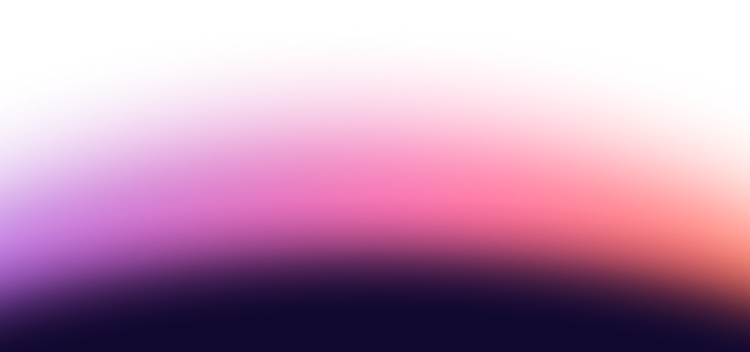A recent article in the Quantum Computing Report, authored by Yuval Boger, explores the groundbreaking concept of qubit shuttling. This technique, which involves the "coherent transport of entangled atom arrays," has been developed by a collaborative team of scientists from Harvard, QuEra Computing, MIT, and the University of Innsbruck. The technology promises to be a significant leap forward for large-scale quantum computing, particularly for systems based on neutral atom arrays.
The Three Pillars of Impact
Error Correction
- One of the most challenging aspects of quantum computing is error management. Classical computing allows for error correction by duplicating information from a single binary digit. However, quantum mechanics prohibits such duplication due to the no-cloning theorem.
- Qubit shuttling offers a solution by enabling the movement of qubits while preserving their quantum state. This allows for the entanglement of nearby qubits, which can then be spread over a larger area to create redundancy.
- The article mentions the toric code as an example of an error correction technique that benefits from qubit shuttling. In this approach, logical qubits are spread across a two-dimensional lattice, making it easier to correct localized errors without affecting the overall quantum information.
{{Newsletter-signup}}
Multi-Zone Architecture
- Qubit shuttling opens up the possibility of developing a quantum computing architecture with multiple zones, such as a processing zone, a memory zone, and a measurement zone.
- This architectural flexibility allows qubits to be moved in and out of these zones as needed, enabling more efficient and robust quantum computing systems.
Scalability
- As quantum computing aims to scale up, the question of control signals becomes increasingly important. Traditional approaches would require a control signal for each qubit, which is impractical for large-scale systems.
- Qubit shuttling solves this problem by allowing the number of qubits to increase without a corresponding rise in control signals.
- Additionally, it enables any-to-any qubit connectivity, as opposed to fixed-layout configurations where qubits can only connect to their nearest neighbors. This feature allows for more efficient circuit designs.
Read the full article here.




.webp)





